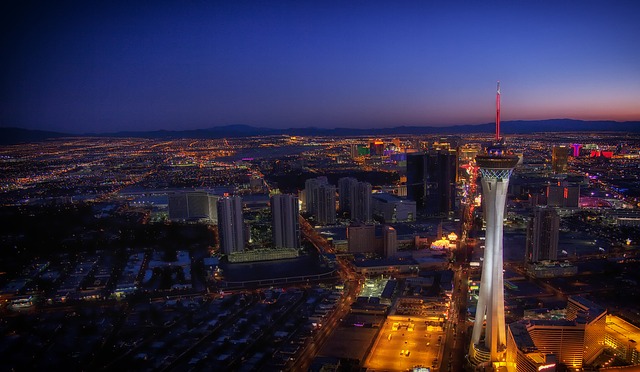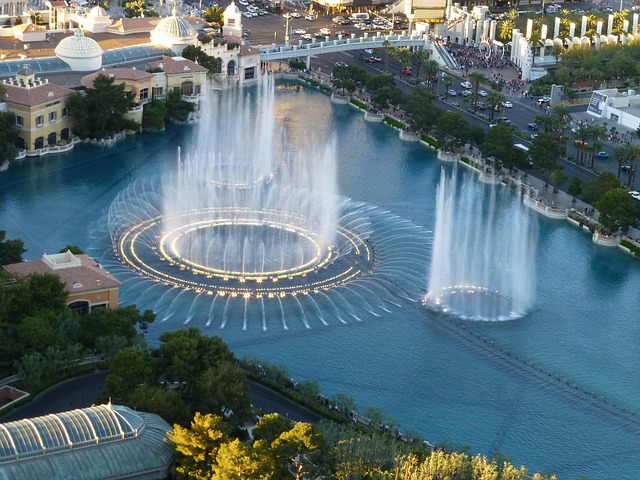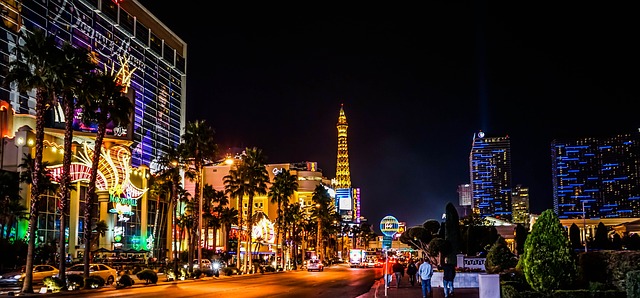It could be argued that – over the years – Las Vegas’ image has been both a blessing and a curse to the city. The Nevada settlement has grown and grown and grown, with its fame and status doing exactly the same, but for many years it was coming up against something of a glass ceiling. That glass ceiling is now being shattered by – ironically – some big glass buildings, among other things. Today Vegas is not just about dice rolling across tables, but about currency cards being swiped in some of the world’s most upmarket stores and restaurants.
Las Vegas’ traditional image – that of neon and kitsch, Elvis and the Rat Pack, buffets and roulette tables – was never a problem for the millions of people that visited each year in the late 20th Century. And indeed those are the associations that continue to attract a vast percentage of the city’s tourists today. But the city has had a few hurdles to come in order to make sure visitor numbers grow, and it would appear that the powers that be keep getting this right.

First of all Las Vegas needed to become more family friendly. That box was pretty much ticked some years ago when the present-day “Strip” came to life. Once a town where the neon signs were the cheery facades purely for drinking and games, there are now themed hotels like Treasure Island and Excalibur that will excite kids both big and small. There’s family entertainment and toy stores, and the hotel pools are populated with inflatable cartoon characters and water guns.
For a city where more than anywhere else, money is its lifeblood, the next big challenge for Las Vegas however was bringing in that money. Vegas simply wasn’t tapping into a lucrative market of people who seek style and sophistication. For people who can holiday in Paris or Venice in a whim, hotels replicating them were not enough to attract them to Nevada.

Once again though Las Vegas has adapted and – alongside all the other features that make it popular with people from all walks of life – is delivering a more classy experience for its visitors. Central to this is the CityCenter development on the Strip.
CityCenter comprises a cluster of hotels, game sites and condominium towers – all striking, glass and metal structures; more Manhattan or Dubai than Treasure Island. There are upmarket stores and restaurants, and one of the largest public art collections – valued at over $40 million – in the USA. Part of that collection is housed in the sumptuous Mandarin Oriental Hotel.
Meanwhile the multi currency card is a common sight further along the Strip at the Fashion Show mall. Louis Vuitton, Saks Fifth Avenue and Tiffany & Co. are among the highbrow names with premises in the centre.



I want to go back to Vegas! I don’t think I really got to see its true colours as an 11 year old!